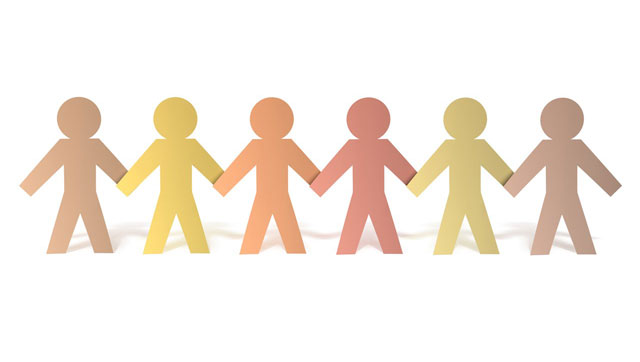
South Africa’s jobless rate rose to the highest in over a decade in the third quarter as more people started looking for employment.
The jobless rate rose to 27,1% in the quarter through September, from 26,6% in the previous three months, Statistics South Africa said in a report released on Tuesday.
That is the highest unemployment rate since 2003, according to data from the International Monetary Fund. The median of six economist estimates compiled by Bloomberg was for unemployment to stay unchanged from the second quarter. The number of people without jobs rose by 239 000 to 5,9m while those employed increased by 288 000 to 15,8m.
South Africa has struggled to rein in unemployment after the 2009 recession as GDP growth stayed below 3,5% annually and is projected by the government to slow to 0,5% this year.
The sluggish economy, policy uncertainty and rigidities and instability in the labour market are some of the factors that rating companies like Moody’s Investors Services and S&P Global Ratings, which will publish their assessment of the nation’s creditworthiness in the next two weeks, have highlighted as risks.
“We need faster GDP growth, because once we do that we will find that a lot more people are absorbed in the labour force,” Lesiba Mothata, head of market and economic research at Investment Solutions in Johannesburg, said by phone on Tuesday. “Unemployment is a big challenge and it’s an economy that is screaming for reforms.”
The number of discouraged work-seekers fell by 235 000 to 2,3m as more people started looking for employment in the third quarter, the statistics office said. Manufacturing shed 28 000 jobs and employment in community and social services, which includes the government, fell by 45 000. Construction added 104 000 jobs and agriculture employed 56 000 more people in the third quarter than in the previous three months.
A panel of experts commissioned by Nedlac, which promotes negotiations among labour unions, government and business, recommended on the weekend that a minimum wage of R3 500/month to be phased in over two years. This is part of a plan to stabilise the labour market and retain an investment-grade credit rating. The nation’s biggest union has rejected the proposal.
“The default reaction is if you put in a minimum wage it’s going to cost some jobs,” Christie Viljoen, an economist at KPMG in Cape Town, said by phone. “I can only see one direction for the unemployment rate and that is higher” as more people enter the labour market.
South Africa has the highest jobless rate of more than 60 emerging and developed countries tracked by Bloomberg. The economy needs to expand at 7,2%/year from 2018 to achieve the government’s goal of reducing the jobless rate to 6% by 2030, the World Bank said in February. Finance minister Pravin Gordhan projected output growth of 2% and 2,2% for 2018 and 2019 in his October mid-term budget.
The rand gained 1,4% to R14,07/US$ by 1.42pm in Johannesburg on Tuesday. Yields on rand-denominated government bonds due in December 2026 fell four basis points to 8,93%.
The expanded unemployment rate increased by 136 000 since the second quarter, which amounted to 9m. Expanded unemployment includes people of working age who did not have a job and were available for employment.
During question time, Lehohla was asked if the proposed national minimum wage of R3 500 would have an impact on employment in the country. He responded by saying that it was too early to suggest any impact. “We’ll only see in the numbers much later on how it will impact employment.” — (c) 2016 Bloomberg LP




